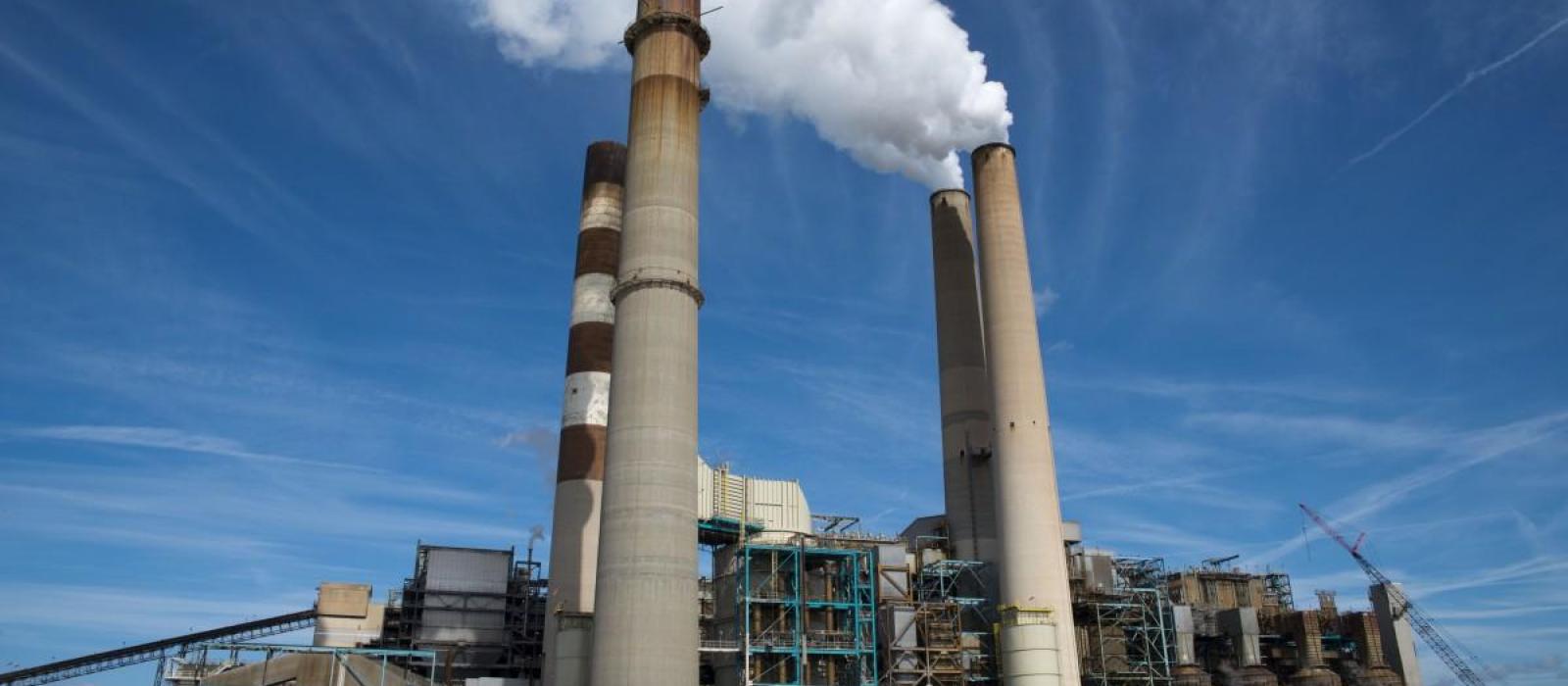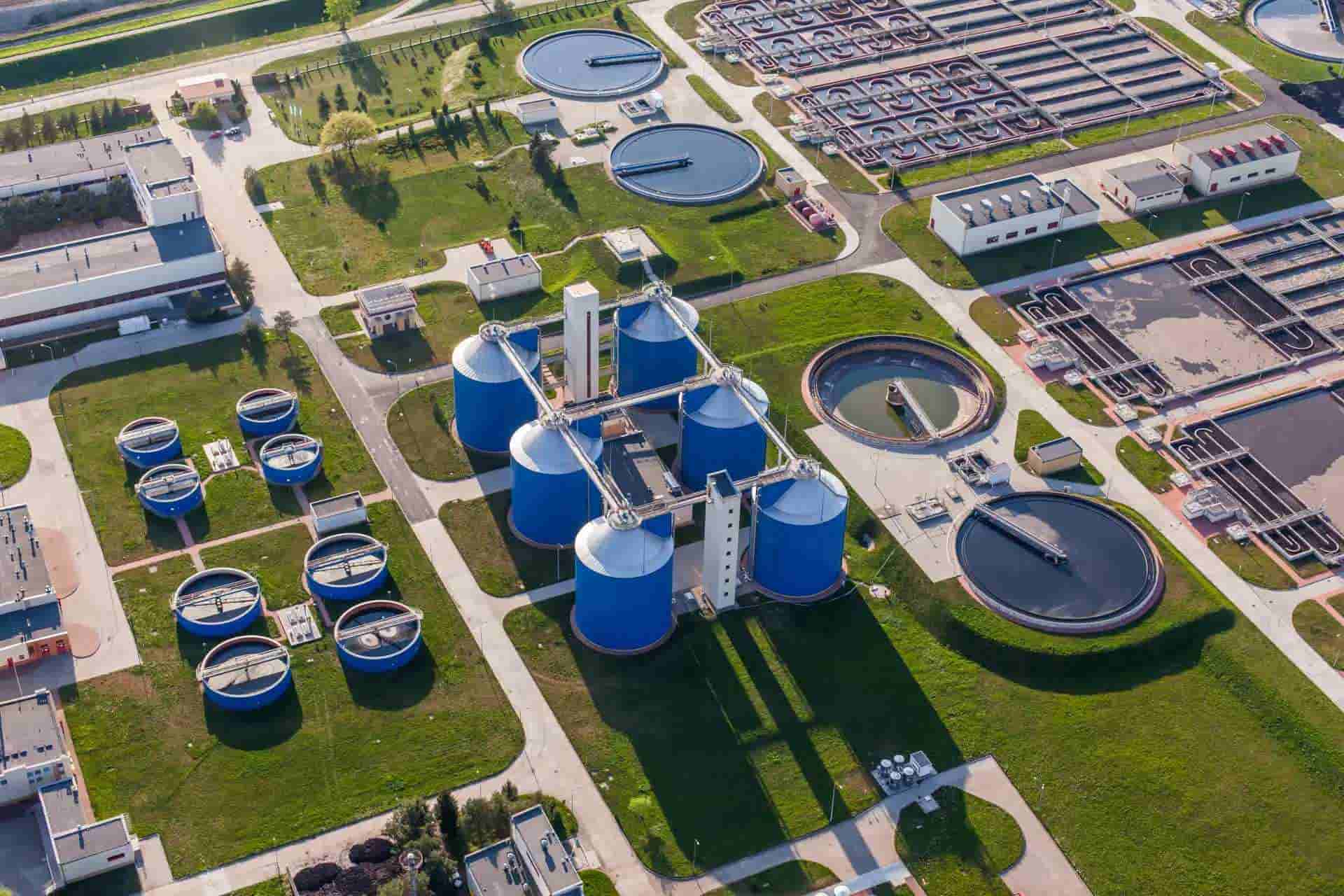Coal gas has a long history as a useful gaseous fuel. Coal gas contains hydrogen, methane, carbon monoxide, carbon dioxide, and nitrogen, depending on coal type and gasification procedure.
Due to environmental concerns and the global shift toward cleaner energy choices, coal gas power generation has declined, although it still has industrial applications. On-site coal gas power generating reduces emissions. Carbon capture and storage solutions reduce coal gas’s environmental impact.
Industries can reduce their energy use and environmental impact by using coal gas and sustainable practices.
Industrial Applications of Coal Gas
Coal gas is used in many industries for various processes and operations.
- Chemical feedstock for chemicals, intermediates, and fuels.
- Reducer in blast furnaces for steel manufacture.
- Used in industrial heating and thermal procedures.
- Annealing, sintering, and brazing use it.
- Chemical synthesis precursor for ammonia, methanol, and hydrogen gas.
- Provides industrial applications with controlled heat.
- While switching to cleaner energy, supports industry operations.
Kinds of Coal Gas
Coal gas can be created using several methods and coal compositions. Common types:
Town Gas
Town gas, also known as coal gas or illuminating gas, was used for lighting, heating, and cooking in cities. Gasified coal produced hydrogen, methane, carbon monoxide, and other gases.
Coal Seam Gas
Coal seam gas is naturally occuring methane gas in coal deposits. Drilling and well stimulation can remove it from coal seams. It may contain unconventional natural gas.
Syngas
Coal gasification produces syngas. It is a mixture of hydrogen and carbon monoxide and can be utilized as a feedstock for chemical and power generation.
Producer Gas
Coal gasification produces producer gas. Its blend of carbon monoxide, hydrogen, and nitrogen was employed for industrial heating and power generation.
Coal-derived natural gas
CTG and CTL technologies turn coal into a natural gas-like fuel. Gas can be utilized for heating, power, or transportation.
Advantages of Coal Gas
- Abundant Resource: Many places have coal, assuring a steady supply of coal gas for energy.
- Energy Efficiency: Coal gas is a high-calorific energy source.
- Chemicals: Coal gas can be used to make chemicals and fuels.
- Coal gas production reduces waste and maximises resource potential by using coal and coal byproducts.
- On-site Power Generation: Coal gas powers industrial processes with reliable on-site power generation.
- Carbon Capture and Storage Potential: Carbon capture and storage can minimise greenhouse gas emissions from coal gas use.
- Cost-effectiveness: Regional availability and market conditions may make coal gas cheaper than other energy sources.
- Coal gas has benefits, but long-term environmental concerns must be considered.
Coal Gas Efficiency
Energy efficiency is possible with coal gas. Its high calorific value and versatility make it valuable. Industries can save energy by using coal gas for electricity generation, heating, and industrial activities. Coal gas generation with carbon capture and storage reduces environmental impact. Coal gas optimisation ensures long-term energy efficiency and sustainability.









